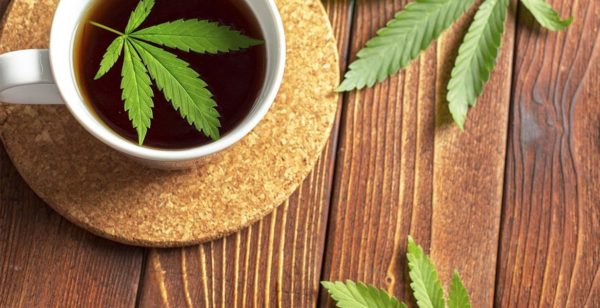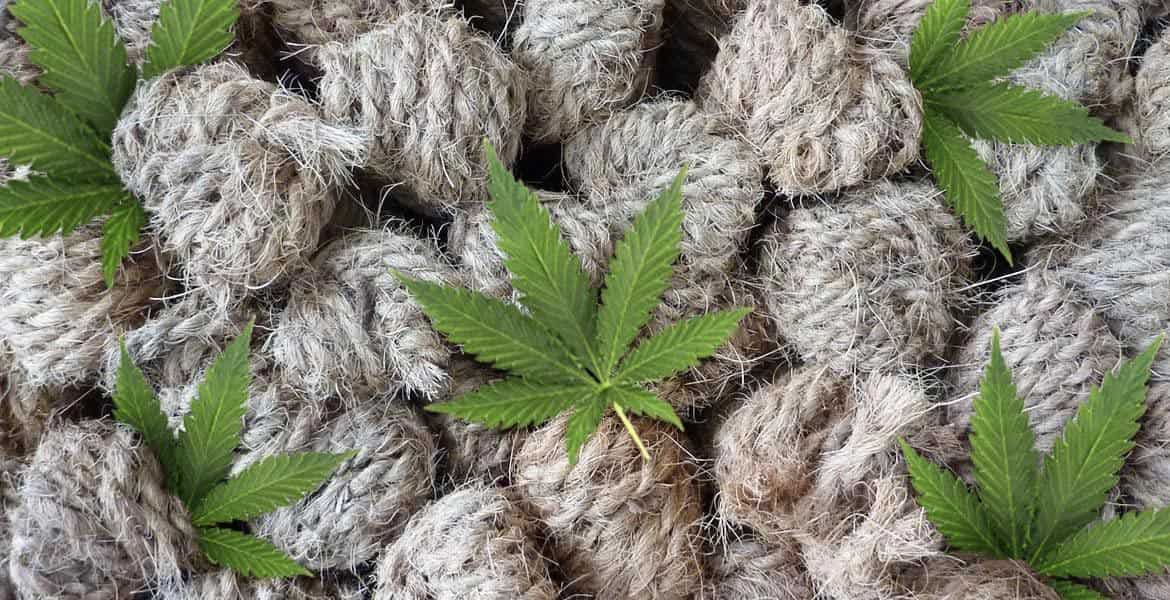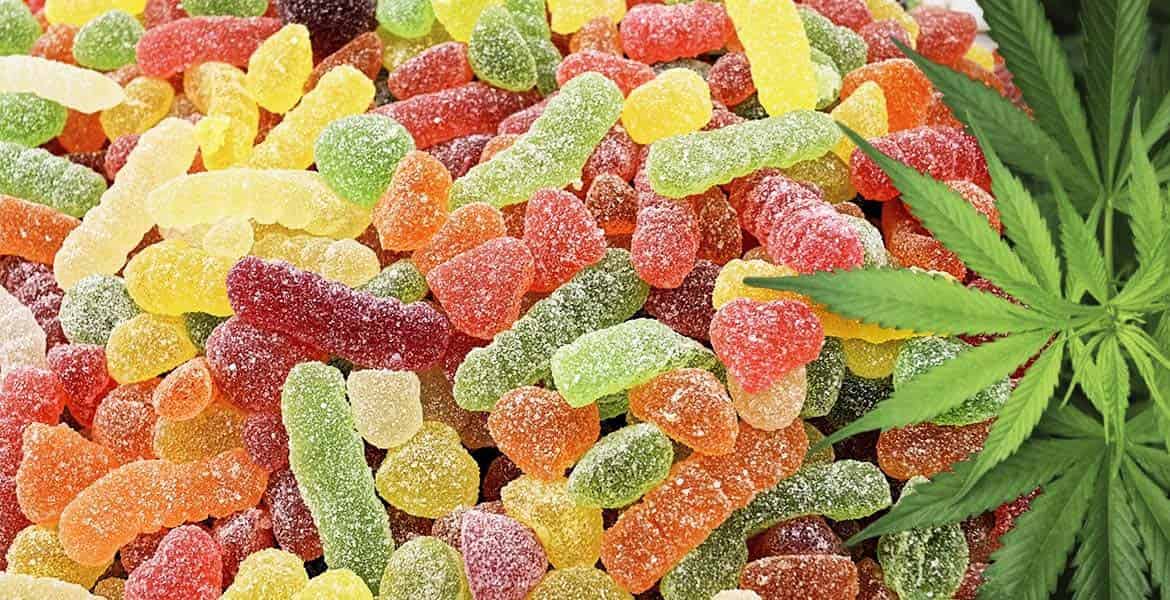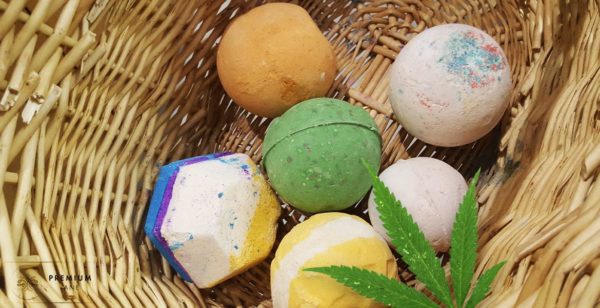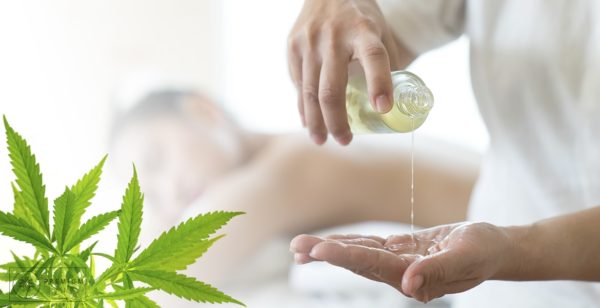Hemp vs. Marijuana
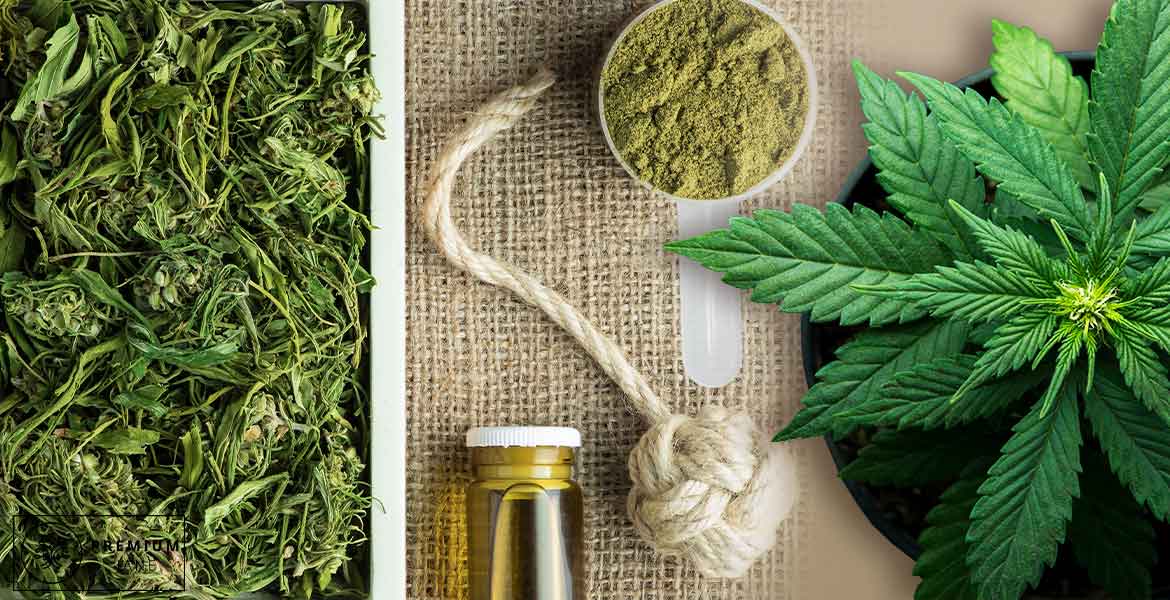
With the continuing rise of CBD, hemp has become a hot topic. It has drawn a great deal of attention in both the health sectors and the legal sectors, with many states still yet to decide where they stand on this interesting plant.
Many people don’t realize that hemp is a member of the cannabis family – just like marijuana. It’s common to confuse the two plants, though they do possess significant differences.
Today, we delve into the distinctions between these two cannabis subspecies to find out what sets them apart.
What Is the Difference Between Hemp and Marijuana?
Like animals, plants are classified into distinct taxonomic groups. Both hemp and marijuana belong to the Cannabaceae plant family, the Cannabis genus, and the sativa species. The scientific name for both hemp and marijuana is Cannabis sativa.
There are many different types of cannabis – including thousands of different strains – but they all fall under the same genus and species. Some suggest that Cannabis indica and Cannabis ruderalis are different species of cannabis, but there is little taxonomic data to support this.
In the wild, cannabis grows naturally in and around tropical regions of Central America, Africa, and Asia. It’s a reasonably tall plant that can reach four meters in height. C. indica grows naturally in the mountainous regions of Afghanistan and parts of India, and is a shorter, bushier plant compared to C. sativa. Cannabis ruderalis – a relatively rare phenotype of the cannabis genus – grows in the wild in China and Russia. It has adapted over millenia to survive cold, harsh climates, and is better suited as a textile than a consumable product.
Again, the above are simply different types of marijuana that all belong to the same genus and species – C. sativa. Just as humans all belong to the same species (H. sapiens) yet possess very different external appearances, personalities, and characteristics, the same is true for cannabis.
Let’s take a look at some chemical and physical differences between hemp and marijuana.
What Is Hemp?
Hemp has become commonplace these days in large part due to the popularity of CBD. For decades, hemp was classified with marijuana, and was therefore illegal. Thanks to the 2018 Farm Bill, however, hemp is now a legal crop that can be cultivated and harvested in the U.S.
Prior to its prohibition, hemp was commonly grown in the USA. George Washington even promoted the growth of hemp as a cash crop, which was widely used for fabric. He even noted his hemp harvests in his diary. Before the American Civil War, hemp production was a significant portion of the nation’s economy, providing raw goods (including food, medicine, and textiles) for many industries.
The major difference between hemp and marijuana is in each plant’s chemical composition. Hemp, unlike marijuana, has very little THC content – which is the compound responsible for marijuana’s intoxicating effects. Hemp, therefore, does not produce any mind-altering effects. It can however provide nutritional benefit, and is used to make a range of therapeutic products due to its high CBD content.
What Is Marijuana?
Marijuana is, of course, most famous as a recreational drug. It possesses high levels of delta-9-tetrahydrocannabinol (THC), which makes it ideal for provoking an intoxicating high.
Marijuana comes in numerous forms and hundreds of different strains, many of which offer unique scents, tastes, and effects. Decades of genetic crossbreeding have led to the creation of unique, one-of-a-kind hybrids.
The majority of U.S. states nowadays have legalized medicinal marijuana, acknowledging that the plant may boast numerous medical benefits.
Key Differences Between Hemp and Marijuana
Below are some of the more distinct differences between hemp and marijuana. The fundamental differences between the two include cannabinoid composition, cultivation, usage, and also legal status.
Cannabinoid Composition
All cannabis plants contain compounds called cannabinoids, which interact with the human body on different levels. The two most common cannabinoids are THC and CBD. While the former is intoxicating, the latter has become famous for its potential wellness benefits.
By definition, hemp plants contain less than 0.3% THC by dry weight. Many of them are high in CBD content, which is why many manufacturers use hemp as their plant of choice for creating cannabidiol products.
On the other hand, marijuana strains can contain up to 30% THC, with an average of 5-20%. They can be highly potent, primarily due to a lack of CBD. In fact, most strains contain less than 1% CBD. There are a few outliers that have a 1:1 ratio of both cannabinoids, but these are not as common as high-THC strains.
Legality
In 1937, the Marihuana Tax Act banned all forms of cannabis. This sweeping motion outlawed both marijuana and hemp, despite only one being used recreationally. Several industries lobbied for a prohibition on hemp, including the timber and paper industries for which hemp was a worthy rival.
On a federal level, marijuana remains illegal. However, each state has its own laws. At the time of writing, over thirty states allow medicinal use of cannabis as long as patients have a qualifying condition and a doctor’s recommendation.
As for hemp, the 2018 Farm Bill removed the plant from the Controlled Substances Act, thereby allowing legal cultivation on a federal level. However, legality is still on a state-by-state basis; individual states have the option of whether they want to allow hemp cultivation or not based on the guidelines of the Farm Bill. While numerous states have introduced agricultural laws that permit hemp for licensed growers, others have not.
Cultivation
Marijuana and hemp grow differently despite being members of the same species. Marijuana growers have to be extremely careful, constantly monitoring temperature and humidity levels and pruning the plants at every stage. They must meticulously control nutrient intake, too.
Hemp is much more straightforward. Hemp plants can grow very close together, and they thrive in almost all conditions. This hardy plant does not require much care, and it can be grown with ease.
Usage
The usage of marijuana is quite limited in scope. Users can either use it recreationally, ingesting edibles or smoking ground-up plant matter to get high, or medicinally. Both of these activities are tightly governed by state law.
Hemp, on the other hand, is highly versatile. Its fibers are full of cellulose, making it ideal for textiles like rope, cloth, and clothing. Hemp clothing is incredibly soft and durable, making it a viable alternative to cotton. It can also be made into paper – in fact, the first draft of the Declaration of Independence was written on hemp paper.
Meanwhile, innovators are producing bio-concrete and bio-plastics using hemp. One of the first Ford cars was constructed using a hemp-based plastic.
Another practical hemp use is food, wherein seeds are extracted for their nutritional value. Also called hemp hearts, these seeds are full of nutrients like omega-3 and omega-6 fatty acids, as well as a complete amino acid profiles. The flowers and leaves, of course, can also be used for CBD – which is now a staple of the health and wellness sector.
Hemp-Derived CBD vs. Marijuana-Derived CBD
CBD can be found in both hemp and marijuana; some strains have enough CBD to produce tinctures. That said, it’s a lot simpler of a process to extract a larger amount of CBD from hemp.
Manufacturers can make tinctures using either plant. Typically, a tincture made from hemp is called a CBD oil, while one made from marijuana is a cannabis oil. The distinction refers to the cannabinoids within, since a product using extract from marijuana usually contains THC as well.
Cannabis oils are only permitted if you live in states with recreational use. Otherwise, it’s best to stick to a hemp-derived CBD oil. Using hemp guarantees less than 0.3% THC, and is generally the safest option if you are unsure.
Final Thoughts: Hemp vs. Marijuana
Although hemp and marijuana have a plant genus in common, they are very different plants. Given their appearance, it’s easy to get confused between the two. However, it’s essential to understand the difference because we live in a changing world where the legal statuses of both plants are changing.
Here at Premium Jane, we only ever use American-grown hemp to make our CBD products. As a result, you can rest assured that you’re getting the best quality, THC-free products. We can also ship throughout the USA on account of our manufacturing process using hemp-derived CBD. If you are seeking a THC-free CBD product, try our vegan CBD isolate gummies.

